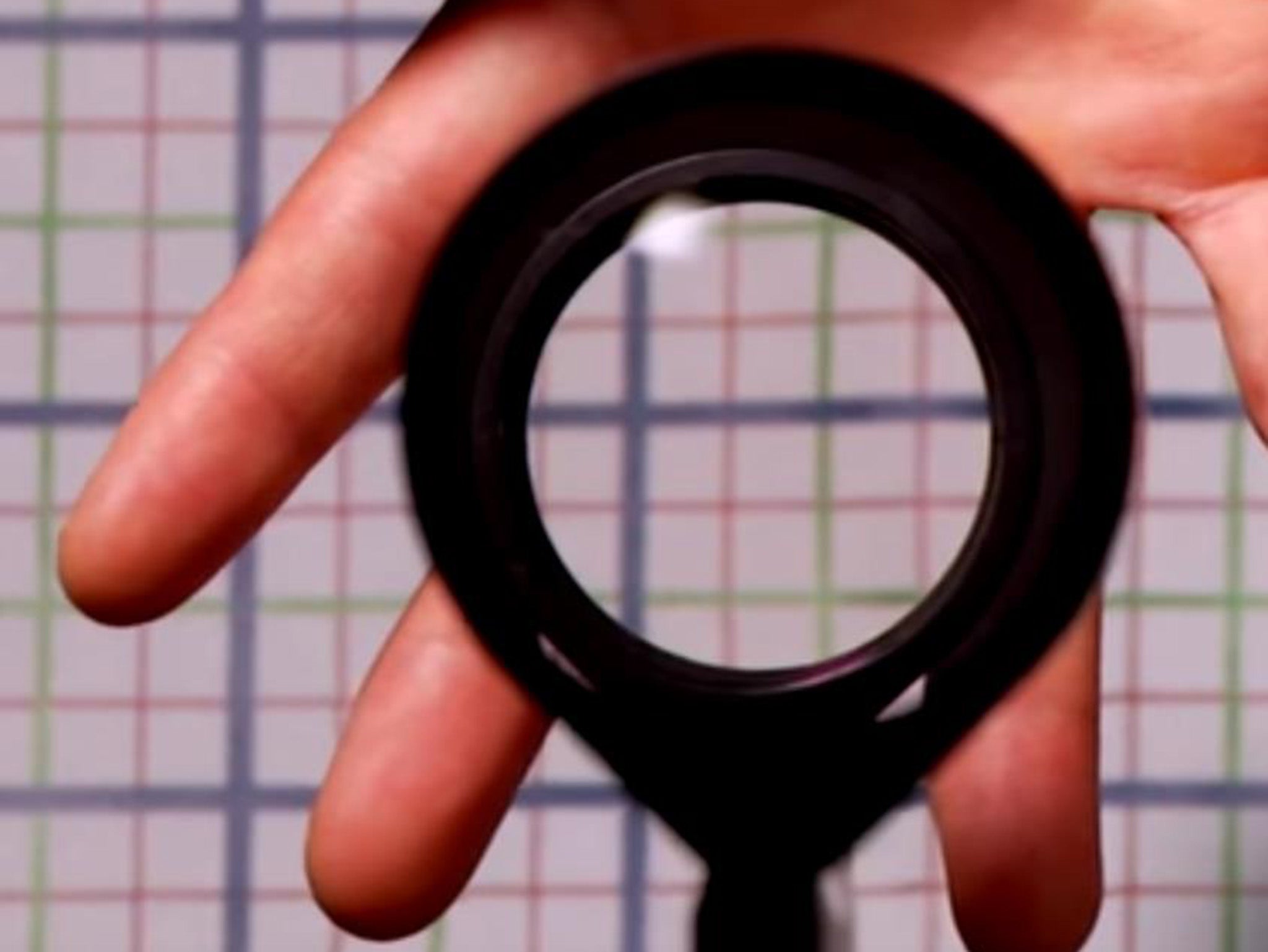Invisibility cloak breakthrough brings Harry Potter magic a step closer to reality
Inventors of an optical cloak have now made a digital version that works over a wider field of view
Your support helps us to tell the story
From reproductive rights to climate change to Big Tech, The Independent is on the ground when the story is developing. Whether it's investigating the financials of Elon Musk's pro-Trump PAC or producing our latest documentary, 'The A Word', which shines a light on the American women fighting for reproductive rights, we know how important it is to parse out the facts from the messaging.
At such a critical moment in US history, we need reporters on the ground. Your donation allows us to keep sending journalists to speak to both sides of the story.
The Independent is trusted by Americans across the entire political spectrum. And unlike many other quality news outlets, we choose not to lock Americans out of our reporting and analysis with paywalls. We believe quality journalism should be available to everyone, paid for by those who can afford it.
Your support makes all the difference.It has hidden Harry Potter, hobbits and giant Klingon spaceships from view, but until recently invisibility cloaks and the like were firmly in the realms of science fiction.
However, researchers in the US have now invented a digital cloaking device that despite some short-comings suggests such technology may be closer to practical uses in the real world than you might think.
The ‘Rochester Cloak’, developed in 2014, was a simple optical device that used four lenses in a row to bend the light, hiding anything placed immediately behind it.

But this only worked from one perspective, the effect was soon lost if the viewer moved to a different angle.
Now the same team at Rochester University in New York state has produced a digital version, using a camera, an iPad and a special lenticular lens, in research published in the journal Optica. The background is first filmed and processed to be displayed on the iPad through the lens.
Normally the viewer would be easily able to tell the difference between the background and a video of it played on a screen in front by changing their point of view.
However, in a video explaining their research, the researchers said: “This system calculates the direction and position of the light rays so they can be properly displayed as if they were unobstructed.
“As a result, the area behind the display is effectively cloaked.
“As the viewpoint shifts, the image on the display changes accordingly, keeping it aligned with the background.”
The effect of the Rochester Digital Cloak, which has a patent pending, works for a 29 degree field of view.
While an iPad may have limited use as an invisibility cloak in practical settings, flexible computer screens that can be rolled up like a newspaper have already been developed.
Other issues with the Rochester Digital Cloak include the resolution of the image, which is actually significantly lower than the resolution of the purely optical device.
And if the image behind the screen moves, the effect is also lost as the background would have to be filmed and processed again, which takes several minutes.
However the researchers, Joseph Choi and Professor John Howell, are hoping to soon be able to produce the same effect in real time.

Join our commenting forum
Join thought-provoking conversations, follow other Independent readers and see their replies
Comments